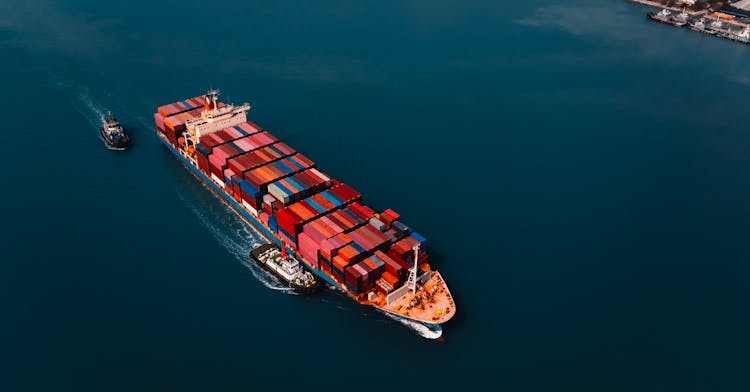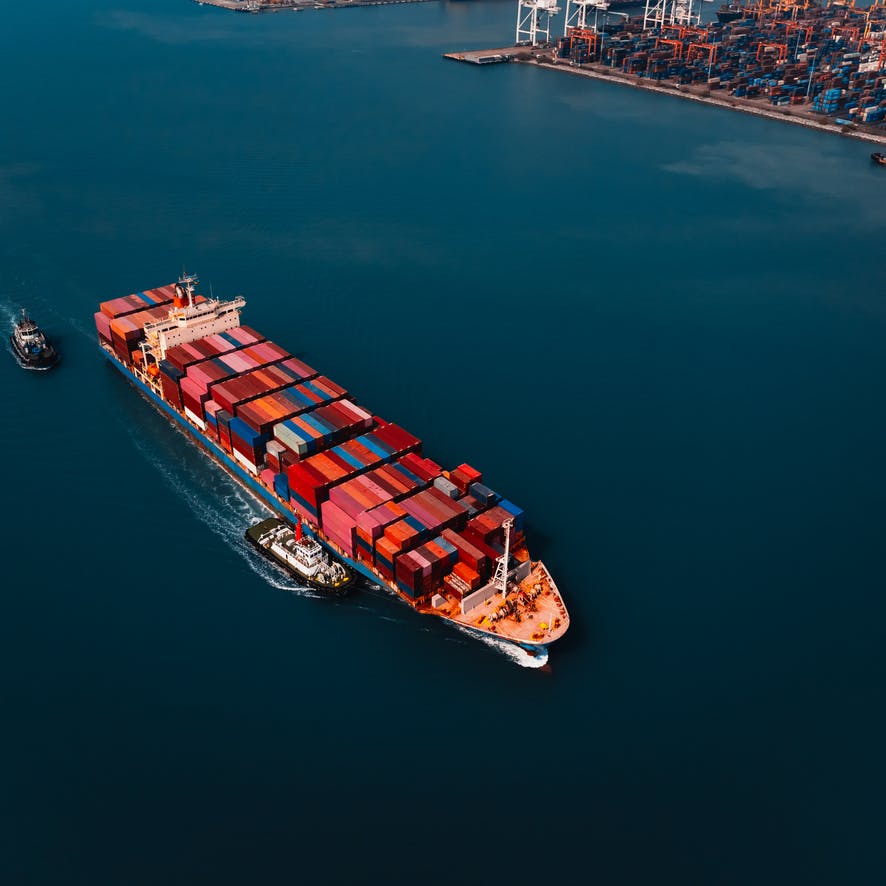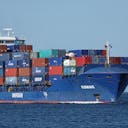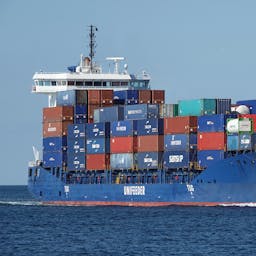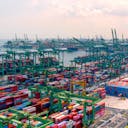Written by Henning Schleyerbach.I was delighted to be involved in a recent panel discussion on harmonising digital and automation standards at TOC Europe 2022. TOC Europe brings together port and cargo supply chain professionals to showcase and discuss products and solutions, share knowledge and debate industry issues. I sat alongside experts from International Taskforce Port Call Optimisation (ITPCO), International Port Community Systems Association (IPCSA), Terminal Industry Committee 4.0 (TIC 4.0) and Portbase as we discussed a data language and procedures for maritime trade.
The need to work smarter for future growth
The importance of digital standards to the prosperous future of international container trade cannot be overstated. According to a UK government outlook, global trade will double in real terms and quadruple in dollar terms by 2050. It is unlikely that the infrastructure supporting container trade will grow in a similar way, so supply chain participants will need to work smarter to enable growth. Cargo visibility is central to ensuring this happens. Without it, the efficient and unhindered flow of cargo through hubs that connect seaside operations with landside is jeopardised. Technology helps businesses of all types accelerate their time to deliver as well as automate many business activities, but it relies heavily on the exchange of data. The container shipping industry is still disproportionately dependant on paper, and this cannot continue long-term if progress is to be made. Neither can technology platforms and systems continue to be restricted, by a lack of standards, to exchanging data between only some parts of the supply chain. Necessary data must flow freely through interoperable systems to ensure a transparent, and efficient supply chain.Standards enable frictionless data exchange
Standards significantly reduce effort in interface setup. The industry needs this for the wide exchange of data to generate insights for capacity planning, operational logistics, disruption recovery and mitigation, and ongoing process improvements. Digital standards also support technology and innovation choice in the market. Carriers, shippers, financers, and other stakeholders in container shipping can choose whichever solution provider and technology platform they wish. Everyone who has adopted the standards can make use of standardised data for unencumbered information exchange. This level of digital transformation is only possible through collaboration. In this, progress is being made. The Freight Logistics Optimization Works (FLOW) initiative launched this year by the U.S. White House and Department of Transportation, and the Maritime Transportation Data Initiative from the Federal Maritime Commission (FMC), are two examples of stakeholders, including carriers, shippers, ports and DCSA, coming together to work on digital data exchange. Meanwhile, the Future International Trade (FIT) Alliance of DCSA, BIMCO, FIATA, the ICC and SWIFT will further aims to establish standards for a common technology foundation. Collaboration needs to be use case specific, with different stakeholders involved in Just-in-Time (JIT) arrival and on digital trade, for example. This can ensure the critical mass needed to succeed; sometimes driven by policy makers, sometimes industry, all with a view to leaping into a better future. Wherever the impetus comes from, industry standards pave the way for future shipping services that are flexible, reliable and sustainable. This is why I was happy to discuss our standardisation efforts with my fellow panellists and attending industry professionals at TOC Europe.Connecting the dots in the shipping ecosystem
Of course, real value only comes when standards are adopted. In this, customers should not underestimate their influence on suppliers. At DCSA, we will continuously predict and track the value gained through applied standards. Shippers are uniquely placed to demand that carriers implement digital standards and thereby simplify data exchange and system interoperability. IT teams can drive these discussions, but progress relies on business leaders and decision makers recognising the commercial benefits of such a move. Logistics service and solution providers like Portchain, for example, who is adopting JIT standards, and TIC4.0 members such as Konecranes who started to offer equipment that is configured with TIC4.0 standards, also have an essential role to play. By adopting a global view, and building standards into their platforms, they can further progress in the development of an interoperable ecosystem for shipping. My key takeaway from this panel session at TOC was that there is great potential, but also complexity, in defining and applying standards in global supply chains – focus, collaboration and proof of value will lead to success. By procuring, or supplying, compliant solutions all industry stakeholders will contribute just as strongly to the success of standards as those who define them.Where to find more information
To find out more about the case for digital standards, take a look at our e-book. You can access all of the DCSA standards available now from our standards page. And to learn more about industry terms and their definitions, check out our shipping glossary.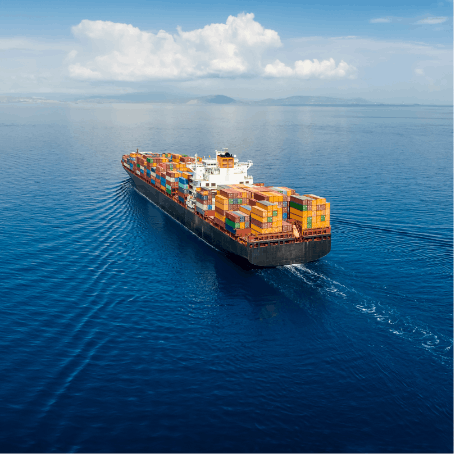
Digitalise the container shipping industry
At DCSA, we envisage a digitally interconnected container shipping industry in which customers have a choice of seamless, easy-to-use services that provide the flexibility to meet their business and sustainability goals.
